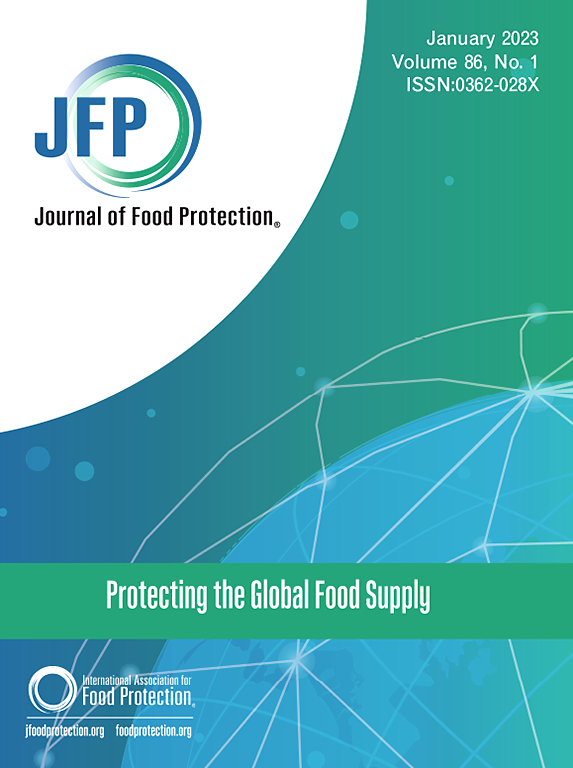Bacterial Spore Inactivation Technology in Solid Foods: A Review
IF 2.1
4区 农林科学
Q3 BIOTECHNOLOGY & APPLIED MICROBIOLOGY
引用次数: 0
Abstract
In response to physiological stress, some bacterial strains have the ability to produce spores that are able to resist conventional food heating processes and even more extreme environmental factors. Dormant spores can germinate and return to their vegetative state during food preservation, leading to food spoilage, or safety issues that pose a risk to human health. Thus, spore inactivation technology is gaining more and more attention. Several techniques have been used in liquid foods to efficiently inactivate spores, including novel thermal and nonthermal treatments. However, solid foods have unique characteristics that make it challenging to achieve the same spore inactivation effect as in previous liquid food studies. Therefore, exploring the effectiveness of spore inactivation techniques in solid foods is of great significance, and clarifying the mechanism for deactivating spore through related techniques is informative in enhancing the effectiveness of spore deactivation in solid foods. This article reviews the practical applications of spore inactivation technology in solid foods.
固体食品中细菌孢子灭活技术研究进展
为了应对生理压力,一些细菌菌株能够产生孢子,这些孢子能够抵抗传统的食品加热过程,甚至更极端的环境因素。休眠孢子可以在食品保存过程中发芽并恢复到植物状态,导致食品变质,或对人类健康构成威胁的安全问题。因此,孢子灭活技术越来越受到人们的重视。几种技术已被用于液体食品中,以有效地灭活孢子,包括新的热处理和非热处理。然而,固体食物具有独特的特性,这使得实现与以前的液体食物研究相同的孢子灭活效果具有挑战性。因此,探索固体食品中孢子灭活技术的有效性具有重要意义,通过相关技术阐明孢子灭活的机理对提高固体食品中孢子灭活的有效性具有重要意义。本文综述了孢子灭活技术在固体食品中的实际应用。
本文章由计算机程序翻译,如有差异,请以英文原文为准。
求助全文
约1分钟内获得全文
求助全文
来源期刊

Journal of food protection
工程技术-生物工程与应用微生物
CiteScore
4.20
自引率
5.00%
发文量
296
审稿时长
2.5 months
期刊介绍:
The Journal of Food Protection® (JFP) is an international, monthly scientific journal in the English language published by the International Association for Food Protection (IAFP). JFP publishes research and review articles on all aspects of food protection and safety. Major emphases of JFP are placed on studies dealing with:
Tracking, detecting (including traditional, molecular, and real-time), inactivating, and controlling food-related hazards, including microorganisms (including antibiotic resistance), microbial (mycotoxins, seafood toxins) and non-microbial toxins (heavy metals, pesticides, veterinary drug residues, migrants from food packaging, and processing contaminants), allergens and pests (insects, rodents) in human food, pet food and animal feed throughout the food chain;
Microbiological food quality and traditional/novel methods to assay microbiological food quality;
Prevention of food-related hazards and food spoilage through food preservatives and thermal/non-thermal processes, including process validation;
Food fermentations and food-related probiotics;
Safe food handling practices during pre-harvest, harvest, post-harvest, distribution and consumption, including food safety education for retailers, foodservice, and consumers;
Risk assessments for food-related hazards;
Economic impact of food-related hazards, foodborne illness, food loss, food spoilage, and adulterated foods;
Food fraud, food authentication, food defense, and foodborne disease outbreak investigations.
 求助内容:
求助内容: 应助结果提醒方式:
应助结果提醒方式:


